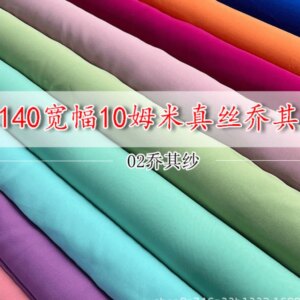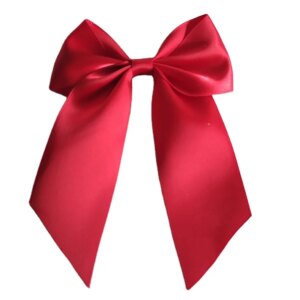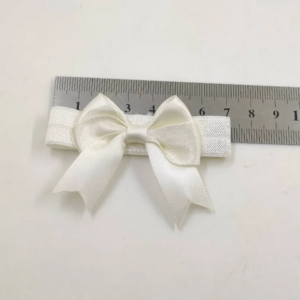Apparel Fabrics & Textiles
AliExpress is a popular online retail platform that offers a vast array of products, including apparel fabrics and textiles. Here’s an overview:
What are the benefits of buying apparel fabrics and textiles on AliExpress?
- Variety: AliExpress offers a wide selection of fabrics and textiles from various suppliers worldwide.
- Competitive prices: Prices for fabrics and textiles on AliExpress can be significantly lower than those found in local markets or online stores.
- Convenient shopping experience: You can browse and purchase fabrics and textiles from the comfort of your own home, 24/7.
- Fast shipping: Many suppliers on AliExpress offer fast shipping options, which can get your fabric or textile order to you quickly.
What types of apparel fabrics and textiles are available on AliExpress?
- Cotton fabrics: Various weights and weaves, including quilting cotton, lawn, and voile.
- Knit fabrics: Jersey, fleece, interlock, and more.
- Lace and trimmings: Appliqué lace, crocheted lace, bias binding, and other decorative items.
- Faux fur: Synthetic fur fabrics for clothing and accessories.
- Leather and suede: Various types of leather and suede for upholstery or crafting projects.
- Specialty fabrics: Fabrics with special properties like stretch, thermal, or water-repellent finishes.
Tips for buying apparel fabrics and textiles on AliExpress:
- Check reviews: Before making a purchase, read reviews from other customers to ensure you’re getting quality fabric or textile.
- Measure carefully: Double-check your measurements to avoid ordering too much or too little fabric.
- Understand the shipping costs: Factor in any additional shipping costs when calculating your total cost.
- Consider the fabric density: If you need a specific weight or thickness of fabric, make sure to choose the correct option.
Popular suppliers on AliExpress for apparel fabrics and textiles:
- DHgate: Offers a wide range of fabrics and textiles at competitive prices.
- Banggood: Features various fabrics and textiles from Chinese suppliers.
- Wish: Offers affordable fabrics and textiles with fast shipping options.
When shopping for apparel fabrics and textiles on AliExpress, be sure to carefully review the product details, read reviews, and understand any additional costs or requirements before making a purchase.
Showing 1–20 of 8169 results
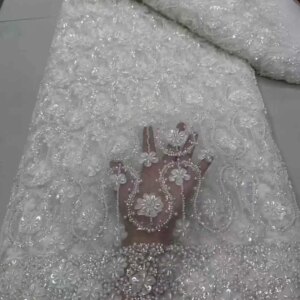
(5yards/pc) High quality African party tulle lace with tube beads sequins embroidered French net lace for dress
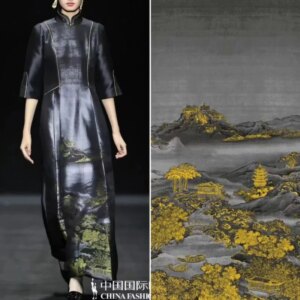
1.55 meters long positioning weaving gold old Song brocade silkworm silk fabric new Chinese coat vest
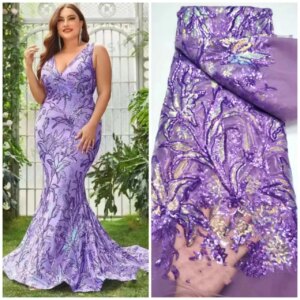
10 Colors Hot Glued Glitter Tissue Lace Fabric Mesh Sequin Fabric African multicolour Fabric For Evening Dress Lace Material

10 Colors Hot Glued Glitter Tissue Lace Fabric Mesh Sequin Fabric African multicolour Fabric For Evening Dress Lace Material
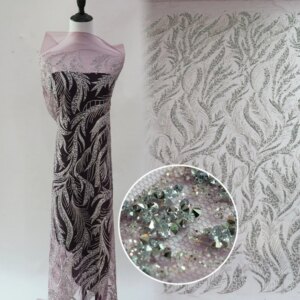
10 Hot Stamping Powder Pattern Crystal Tube Lace Evening Party Cocktail Dress Material Flower Wedding Embroidered Mesh Fabric

10 Hot Stamping Powder Pattern Crystal Tube Lace Evening Party Cocktail Dress Material Flower Wedding Embroidered Mesh Fabric
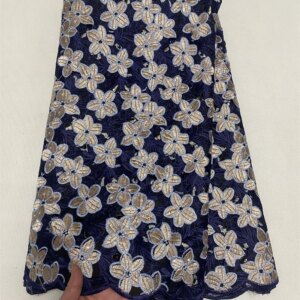
100% African Swiss Voile Lace Fabric with Stones Nigerian Fabric High Elegant Lace Embroidered Fabrics for Party Dresses Q309-1
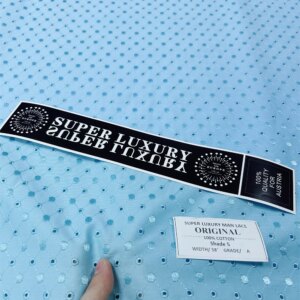
100% Cotton Voile Lace Fabric 5 Yard High Quality 2025 Atiku Fabric for Sale in Turkey African Lace Fabric Sewing for Man Q205-1
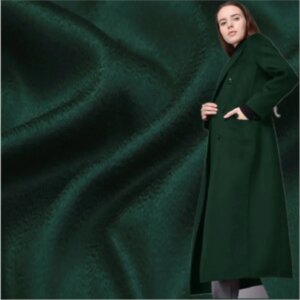
100% plush double-sided water ripple pure fabric coat cloth wool

100% plush double-sided water ripple pure fabric coat cloth wool
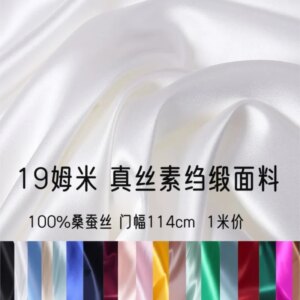
100% silk 19 m pure color crepe satin lining shirt dress fabric
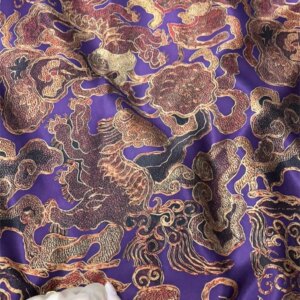
100% Silk Dress Cheongsam High Quality Real Silk Pure Natural Satin Fabric Per Meter
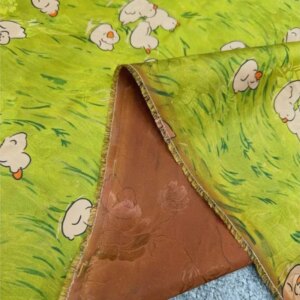
100% silk flower rose red gauze high-end custom-made shirt and dress fabric
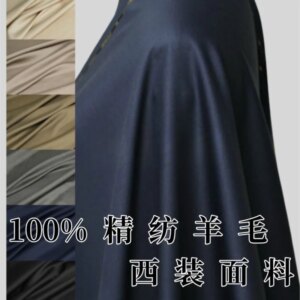
100%% Wool suit fabric Solid color business men’s dress cloth

100%% Wool suit fabric Solid color business men’s dress cloth
What are some popular fabrics for sewing clothing that are often overlooked but worth considering?
While cotton and polyester blends are staples in many sewing projects, there are other fabrics that are worth considering due to their unique properties and benefits. Here are some popular yet often-overlooked fabrics for sewing clothing:
- Rayon: A semi-synthetic fabric made from wood pulp cellulose, rayon is breathable, drapey, and soft. It’s ideal for garments that require a flowy, relaxed fit, such as maxi dresses or wide-leg pants.
- Tencel: A sustainable fabric made from eucalyptus wood pulp, Tencel is known for its breathability, moisture-wicking properties, and drape. It’s perfect for garments like tops, blouses, or skirts that require a comfortable, smooth fit.
- Bamboo: Bamboo fabric is lightweight, breathable, and eco-friendly. It has natural temperature regulation properties, making it ideal for summer clothing or active wear.
- Hemp: A sustainable and durable fabric made from hemp fibers, hemp is perfect for garments that require strength and texture, such as jackets, pants, or skirts.
- Linen: While not entirely overlooked, linen is often underutilized in modern sewing projects. It’s a natural, breathable fabric with a textured look and feel, ideal for garments like shirts, pants, or dresses that require a relaxed fit.
- Silk blends: While pure silk can be expensive, silk blends (usually 80% silk and 20% other fibers) offer a more affordable option without compromising on quality. Silk blends are perfect for garments that require elegance and sophistication, such as evening wear or formal dresses.
- Velvet: A soft, plush fabric with a luxurious feel, velvet is often overlooked due to its higher price point. However, it’s worth considering for garments like coats, jackets, or even accessories like hats or scarves.
- Chambray: A type of cotton twill, chambray is known for its softness and drape. It’s perfect for casual, relaxed-fit garments like jeans, shirts, or dresses.
These fabrics offer unique benefits and can add variety to your sewing projects. Keep in mind that some of these fabrics may require special care when washing and drying.
Tips for working with less common fabrics:
- Read the fabric label: Understand the fiber content, weave, and recommended care instructions.
- Pre-wash and pre-shrink: Before cutting into your fabric, wash and dry it to prevent shrinkage or color bleeding.
- Choose a suitable pattern: Select patterns designed for the specific fabric type, taking into account its drape, texture, and weight.
- Be mindful of stretch: Some fabrics like rayon or bamboo may require more generous seam allowances due to their tendency to stretch.
Experimenting with these often-overlooked fabrics can help you create unique and stylish garments that stand out from the crowd.
What are some common mistakes to avoid when sewing with hemp, linen, or silk blends, and how can I troubleshoot issues?
Sewing with hemp, linen, or silk blends can be a bit more challenging than working with traditional fabrics like cotton or polyester. Here are some common mistakes to avoid and troubleshooting tips:
Hemp:
- Insufficient thread tension: Hemp is known for its loose weave, which can cause threads to come loose quickly. Use a high-quality needle and adjust your thread tension accordingly.
- Incorrect cutting techniques: Hemp fibers can be prone to fraying, so use scissors or a rotary cutter with a sharp blade to minimize fraying.
- Inadequate seam allowances: Hemp fibers can stretch over time, so add 1/4″ to 1/2″ (6-13 mm) to your seam allowance for a more stable fit.
Linen:
- Not pre-washing the fabric: Linen is known for its tendency to shrink or become misshapen after washing. Pre-wash and dry the fabric before cutting into it.
- Incorrect needle choice: Use a sharp, heavy-duty needle (e.g., size 100 or larger) to prevent skipped stitches and breakage.
- Insufficient pressing techniques: Linen fibers can be prone to wrinkles and creases. Press your linen garments frequently to maintain their shape.
Silk blends:
- Inadequate stabilizing support: Silk fibers are delicate and may require additional support during sewing. Use a stabilizing material like interfacing or fusible web under the silk for added stability.
- Incorrect thread tension: Silk threads can break easily, especially if they’re over-tightened. Keep your thread tension moderate to prevent breakage.
- Not following care instructions: Silk blends require gentle washing and drying. Follow the manufacturer’s instructions to avoid damage or shrinkage.
General troubleshooting tips:
- Use a walking foot or Teflon foot: These specialized feet can help guide the fabric smoothly through your sewing machine, reducing drag and distortion.
- Increase thread tension gradually: If you notice issues with threads coming loose or breaking, increase the thread tension gradually to avoid over-tightening.
- Press as you go: Pressing your garment frequently will help maintain its shape and prevent wrinkles or creases from setting in.
Specific troubleshooting tips for hemp, linen, or silk blends:
- Hemp: If your hemp fabric is fraying excessively, try using a fray-resistant spray or stabilizing it with interfacing.
- Linen: If you notice wrinkling or creasing on your linen garment, try pressing the area gently and then steaming to relax the fibers.
- Silk blends: If your silk blend threads are breaking easily, try increasing the thread tension slightly or using a more stable thread type.
By understanding these common mistakes and troubleshooting tips, you’ll be better equipped to tackle sewing projects with hemp, linen, or silk blends and achieve professional-looking results.

